Thermal Mass Flow Meters
Unlike traditional flow meters that measure volumetric flow, thermal mass flow meters provide direct mass flow measurements, making them highly accurate and efficient for gas flow applications. These meters are particularly useful in industries where precise gas flow measurement is critical, such as chemical processing, semiconductor manufacturing, and environmental monitoring. They are also known for their ability to operate without moving parts, which reduces maintenance requirements and enhances durability. Here’re some features of our thermal mass flow meters.
What makes our thermal mass flow meters different?
- Wide Measuring Range with Ultra-Low Flow Capability: Our thermal mass flow meters feature an exceptionally wide turndown ratio of 2500:1, enabling accurate measurement from as low as 0.1 Nm/s up to 250 Nm/s.
- Integrated Chip-based Sensors: Unlike other thermal mass flow meter suppliers who use dual-probe sensors encased in domestic thermal conductive adhesive, which often results in data drift over time, our integrated chip-based design ensures long-term stability and measurement precision.
- Advanced Full-Digital Signal Processing: These meters use full-digital signal processing to deliver higher accuracy (up to ±1% RD + 0.3% FS), improved zero-point stability, and long-term drift resistance.
- Intelligent Sensor Diagnostics: With built-in intelligent diagnostic capabilities, our flow meters can detect sensor contamination or overheating before it impacts measurement accuracy, to help reduce maintenance and extend service life.
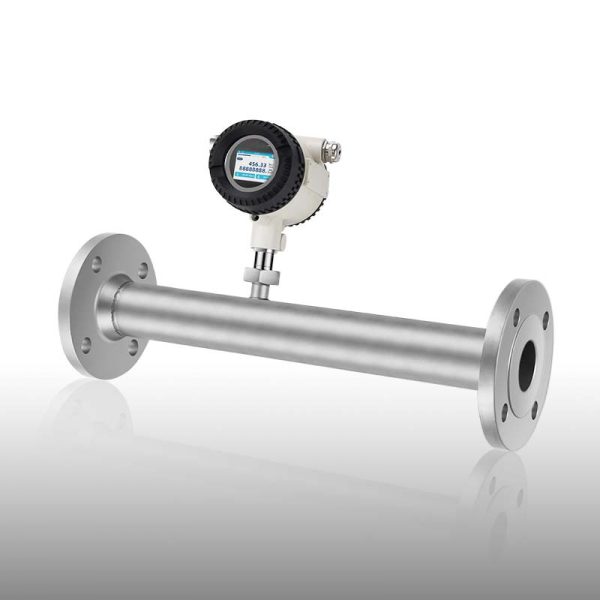
Explosion-proof Thermal Mass Flowmeter (MT212x-Ex)
- Ultra-wide 1:2500 turndown ratio
- The low measuring limit can reach 0.1 Nm/s
- Explosion-proof class: Ex db IIC T6 Gb / Ex tb IIIC T80°CDb
Accuracy
Standard: ±(1.5% RD + 0.3% FS) , Optional: ±1% RD
Measuring Range
0.06 to 2171 Nm³/h
Medium Temperature Range
-40 to 176°F (-40 to 80°C)
Max. Process Pressure
63 bar (913.74 psi)
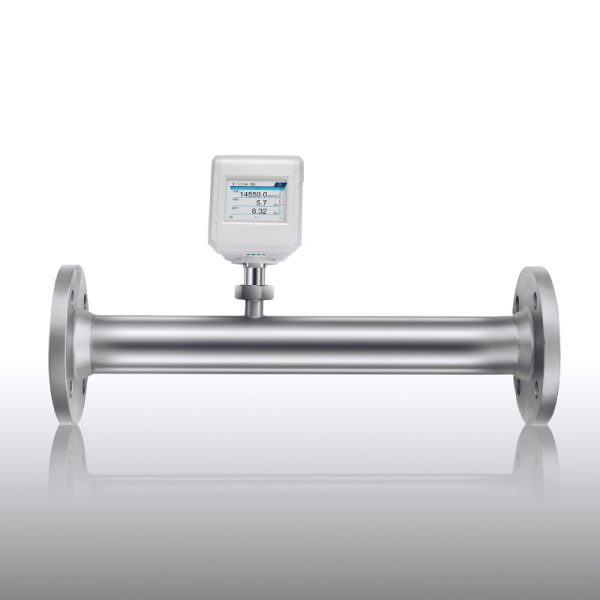
Premium Thermal Mass Flow Meter (MT212x)
- Eliminates zero point drift and provides highly accurate measurements.
- Mobile APP via Bluetooth to view data and do configuration remotely.
Accuracy
Standard: ±(1.5% RD + 0.3% FS) , Optional: ±1% RD
Measuring Range
0.06 to 2171 Nm³/h
Medium Temperature Range
-40 to 302°F (-40 to 150°C)
Max. Process Pressure
63 bar (913.74 psi)
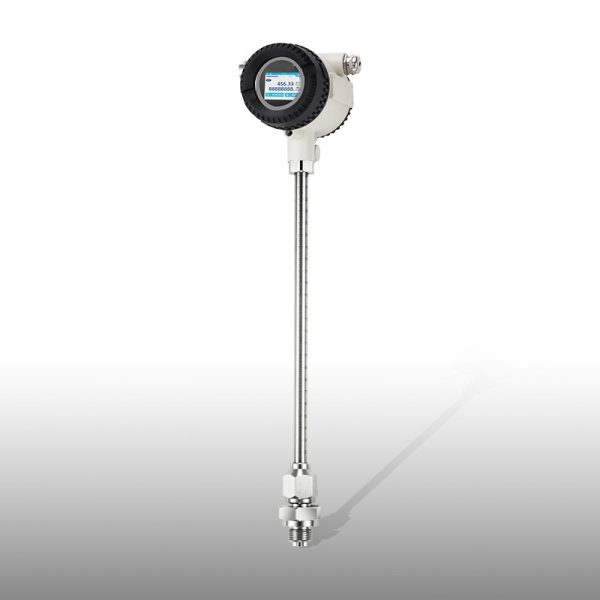
Insertion Explosion-proof Thermal Mass Flow Meter (MT211x-Ex)
- DN 20 to 300 (3/4″ to 12″)
- The measuring range is from 0.1 Nm/s to 250 Nm/s.
- Explosion-proof class: Ex db IIC T6 Gb / Ex tb IIIC T80°CDb.
Accuracy
Standard: ±(1.5% RD + 0.3% FS) , Optional: ±1% RD
Measuring Range
0.1 to 63617 Nm³/h
Medium Temperature Range
-40 to 176°F (-40 to 80°C)
Max. Process Pressure
63 bar (913.74 psi)
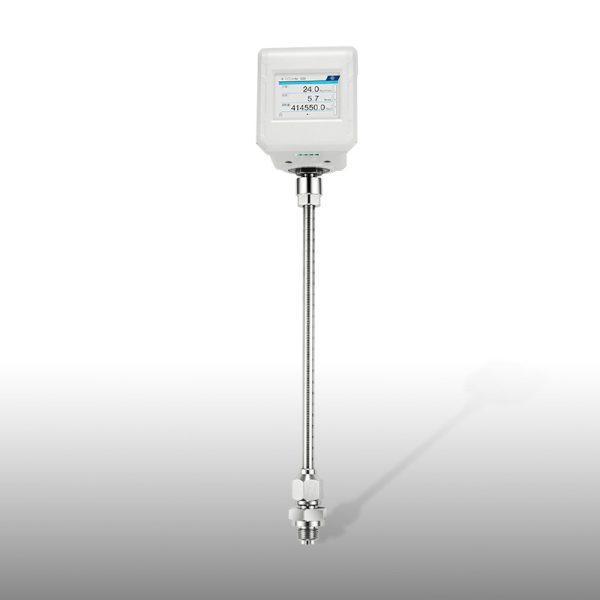
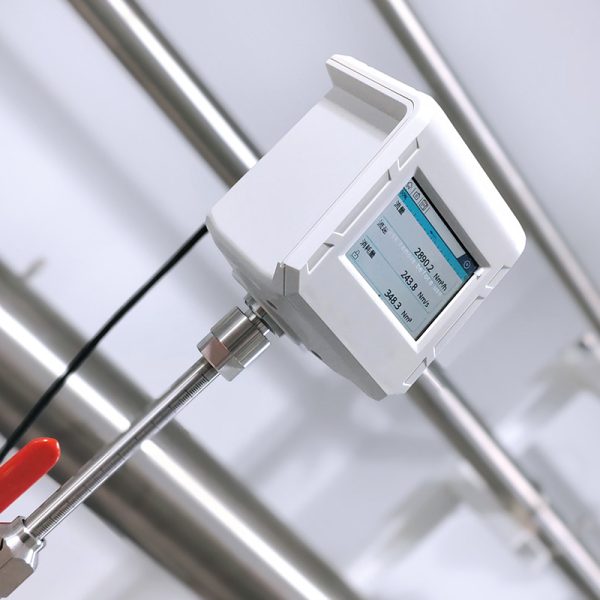
Premium Insertion Thermal Mass Flow Meter (MT211x)
- Ultra-wide 1:2500 turndown ratio
- DN 20 to 300 (3/4″ to 12″)
- The measuring range is from 0.1 Nm/s to 250 Nm/s.
Accuracy
Standard: ±(1.5% RD + 0.3% FS) , Optional: ±1% RD
Measuring Range
0.1 to 63617 Nm³/h
Medium Temperature Range
-40 to 302°F (-40 to 150°C)
Max. Process Pressure
63 bar (913.74 psi)
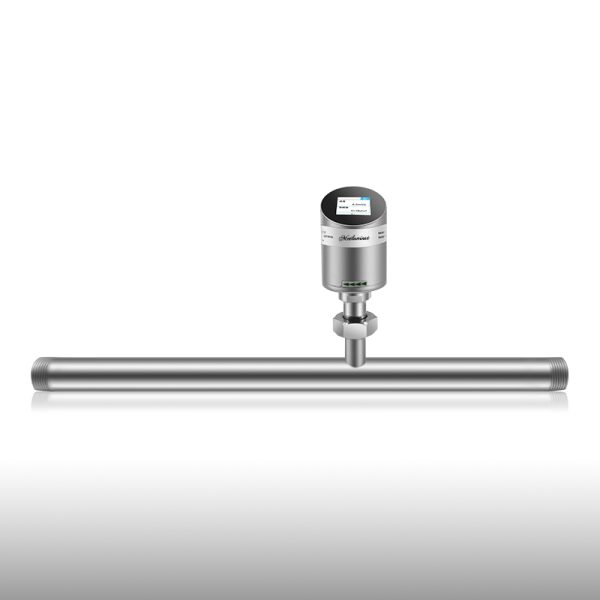
Thermal Mass Flow Meter (MT222x)
- Pipe Size: DN15 to 80
- Ultra-wide 1:2500 turndown ratio
- Eliminates zero point drift and provides highly accurate measurements.
Accuracy
Standard: ±(1.5% RD + 0.3% FS) , Optional: ±1% RD
Measuring Range
0.06 to 2171 Nm³/h
Medium Temperature Range
-40 to 302°F (-40 to 150°C)
Max. Process Pressure
63 bar (913.74 psi)
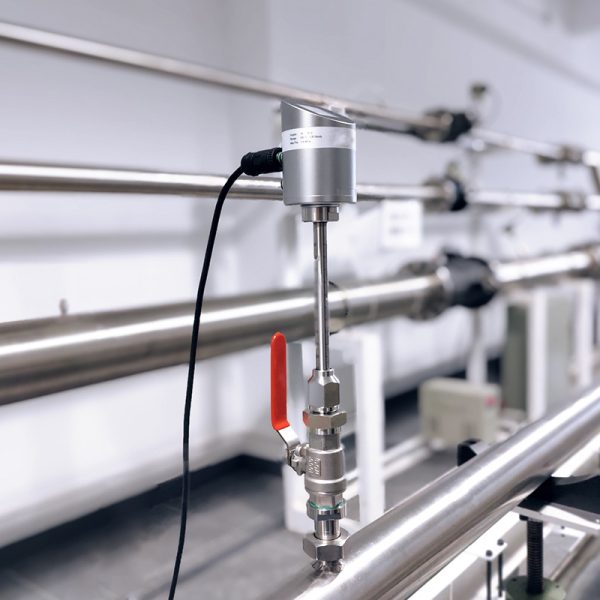
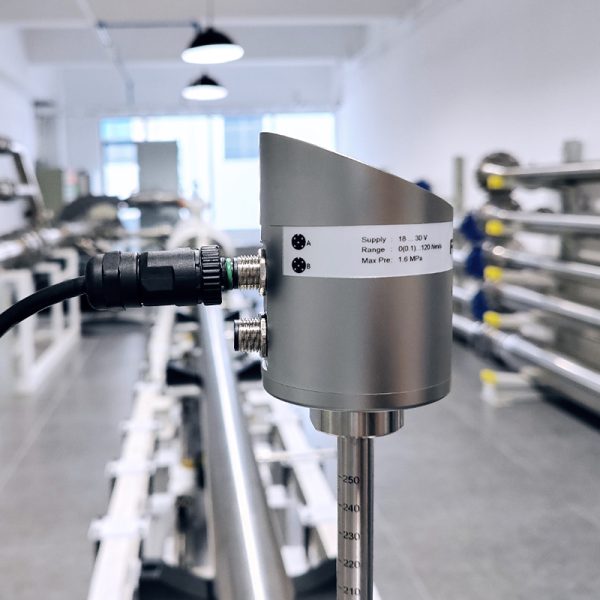
Insertion Thermal Mass Flow Meter (MT221x)
- Pipe Size: DN20 to 300
- Ultra-wide 1:2500 turndown ratio
- The measuring range is from 0.1 Nm/s to 250 Nm/s.
Accuracy
Standard: ±(1.5% RD + 0.3% FS) , Optional: ±1% RD
Measuring Range
0.1 to 63617 Nm³/h
Medium Temperature Range
-40 to 302°F (-40 to 150°C)
Max. Process Pressure
63 bar (913.74 psi)
Working Principles of Thermal Mass Flowmeter
The working principle of a thermal mass flow meter is based on heat transfer. The meter consists of two temperature sensors positioned along the gas flow path:
- A heated sensor (active sensor).
- A reference sensor (passive sensor).
The heated sensor adds energy (heat) to the gas stream, while the reference sensor measures the ambient temperature of the gas. The amount of heat lost from the heated sensor to the gas is proportional to the mass flow rate. The meter calculates the flow rate using one of the following methods:
Two Common Thermal Flow Measurement Methods:
- Constant Temperature Differential (CTD) Method
- The meter maintains a constant temperature difference between the heated sensor and the reference sensor.
- The power required to maintain this difference is directly proportional to the mass flow rate.
- Constant Power Method
- The heated sensor receives a constant power supply.
- The temperature difference between the sensors is measured, and the mass flow rate is calculated based on heat loss.
The advantage of these principles is that they do not depend on gas pressure or temperature, making thermal mass flow meters highly reliable for direct mass flow measurement.
Mediums for Thermal Mass Flow Meters
Thermal mass flow meters are designed specifically for measuring gases rather than liquids. Below are the types of gases that can be measured using these meters:
1. Common Industrial Gases
- Air – Used in HVAC, aeration, and industrial ventilation.
- Oxygen (O₂) – Essential in medical, pharmaceutical, and welding applications.
- Nitrogen (N₂) – Commonly used in food packaging and chemical industries.
- Carbon Dioxide (CO₂) – Utilized in beverage carbonation and greenhouse monitoring.
- Argon (Ar) – Found in welding and metal fabrication industries.
- Helium (He) – Used in cryogenics and leak detection.
2. Natural Gas and Biogas
- Methane (CH₄) – Used in energy generation and fuel monitoring.
- Hydrogen (H₂) – Important in fuel cell applications.
- Biogas – Monitored for renewable energy projects and waste treatment plants.
3. Specialty Gases
- Ammonia (NH₃) – Used in refrigeration and fertilizers.
- Sulfur Hexafluoride (SF₆) – Used as an electrical insulator in high-voltage applications.
While thermal mass flow meters excel in gas measurement, they are not suitable for liquid flow measurement due to differences in heat transfer properties.
Advantages of Thermal Mass Flow Meter
- Direct Mass Flow Measurement: Unlike volumetric flow meters, thermal mass flow meters provide mass flow measurement without requiring additional temperature or pressure compensation.
- High Accuracy for Low Flow Rates: Excellent for measuring low gas flow rates where other flow meters may struggle.
- No Moving Parts: Reduces maintenance costs and increases reliability over time.
- Minimal Pressure Drop: The design ensures that pressure loss is negligible, making it ideal for low-pressure applications.
- Wide Range of Applications: Suitable for process monitoring, emissions measurement, and gas distribution.
How to Choose the Right Thermal Mass Flow Meter
When selecting a thermal mass flow meter, consider the following factors:
- Type of Gas – Ensure the meter is compatible with the gas being measured.
- Flow Rate Range – Choose a meter that suits the expected gas flow rates.
- Operating Conditions – Consider temperature, pressure, and potential contaminants.
- Installation Type – Determine if an insertion or inline meter best fits your system.
- Accuracy Requirements – Ensure the meter meets your required level of precision.
Gas Flow Meters | Pitot Tube Flow Meters | Flow Meter Controllers | Coriolis Flow Meters | Vortex Flow Meters | Ultrasonic Gas Flow Meters | Differential Pressure Flow Meters
